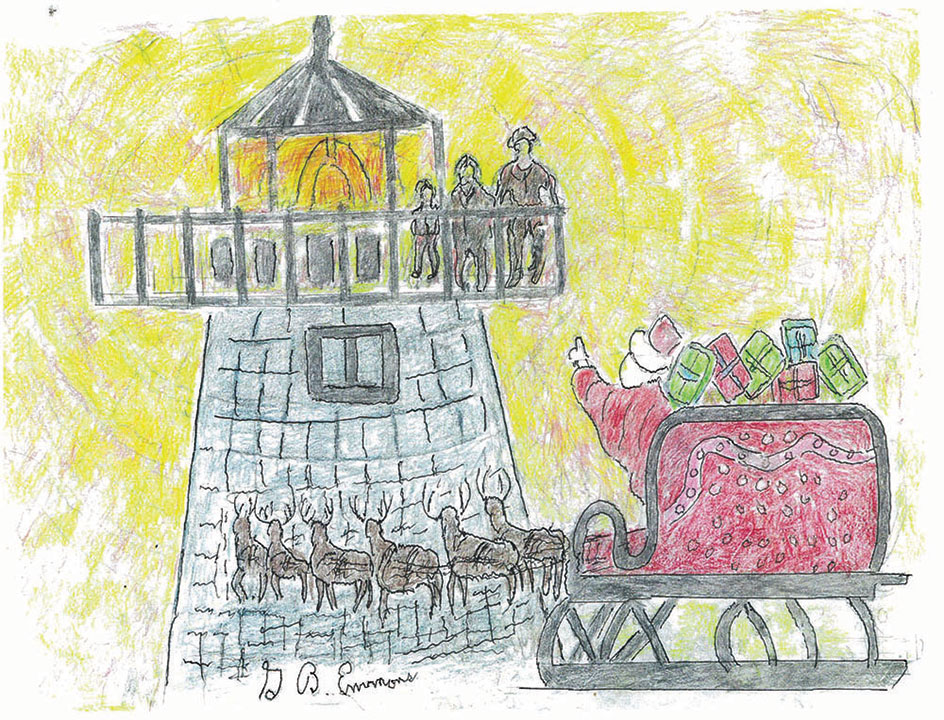A New England lighthouse close call with lasting drama was not about a ship but instead about an airplane and its pilot playing Santa Claus.
The incident happened in 1929 just before Christmas when pilot William Wincapaw, in spite of weather reports of an impending snowstorm, took off in his single-engine airplane over the rocky coast of Rockland, Maine. It wasn’t the first time a well-experienced Maine native chanced flying in heavy weather, but it would turn out to be nearly his last.
Wincapaw soon knew he was in trouble with so much snow falling that he could not see out his window, and his instruments were not working properly. He soon was blown off course and was flying blind and almost out of fuel. At the last minute, he took a chance, dropping down below the clouds, hoping to break free of the inclement weather.
That’s when an unexpected, but fortunate, familiar lighthouse beam came shining through to him from a Castine lighthouse down below. Then five more lighthouses led him safely to his own airport in Rockland, Maine. A grateful Wincapaw took off again a few days later and dropped packages of cookies, coffee and a copy of an Old Farmer’s Almanac with a note of thanks for the beam that saved his life. These gifts became a Christmas tradition, and a coffee company loaned him a seaplane for the future.
Some other businesses were contributing cash and gifts to support the picture of a flying Santa Claus, as in my illustration. Wincapaw went on to immortalize this holiday-saving image until, in 1936, he left for Bolivia to take on a new job of flying gold from the mines there. He was replaced by a writer and historian named Edward Roe Snow, who perfected a new method of tying several packages together to be caught in the air on the way down.
Pilot Wincapaw and Snow both had heart attacks when flying missions, and The Friends of Flying Santa Claus organization was incorporated after their deaths just in time for the tradition to celebrate 70 years of operation, while lighthouses up and down the coast blew their fog horns to mourn the apparition of human heroics coming true on wings of flying angels before the wondering eyes of children of lighthouse keepers.
By George B. Emmons


